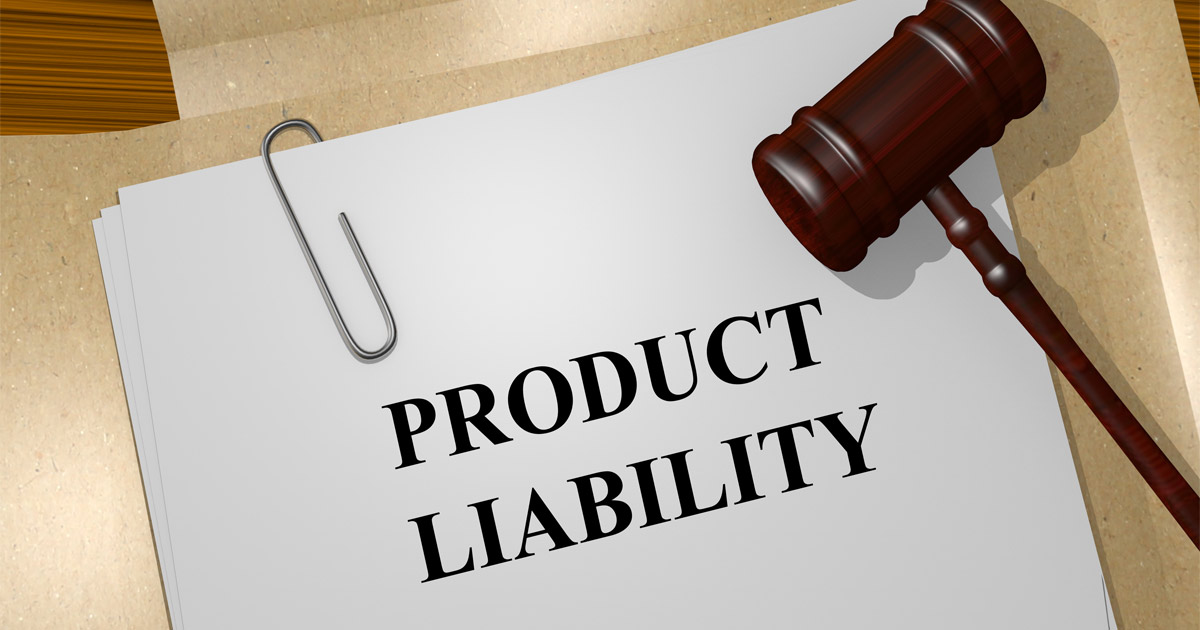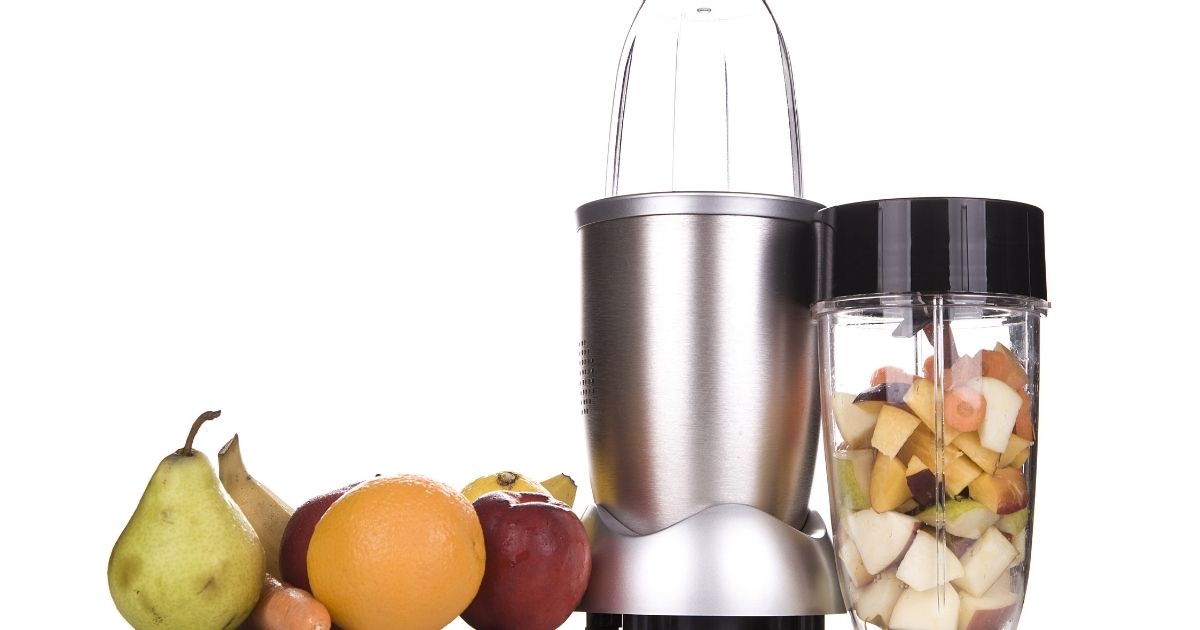Consumers want to believe that the products they buy are safe for both themselves and their family to use. Unfortunately, that is not always the case. The statistics are startling; product defects result in nearly three million injuries and 22,000 fatalities every year in the United States, according to the Consumer Product Safety Commission (CPSC). Additionally, the CPSC reports that up to 10 percent of all personal injury lawsuits involve product defects. Although products liability claims can be complex, they are often worthwhile to pursue for the public’s safety if the lawsuit leads to a recall or revision of the product.
Products liability refers to a legal claim or lawsuit in which someone contends that a product malfunctioned, failed to work properly, or was too dangerous to operate. As a result, it caused bodily injury or death. In products liability cases, the plaintiff seeks to hold one or more of the following parties liable for the faulty product and the resulting injuries or death:
Product liability claims are based on one of three different theories of law: negligence, strict liability, or breach of warranty of fitness:
Negligence. Negligence claims focus on the actions of the parties that designed, manufactured, assembled, or installed the product. A plaintiff must prove four elements in a negligence case:
Strict liability. Strict liability dictates that if a product is defective and this defect caused injury, then the liable party is responsible for paying damages. In these cases, attention is placed on the product itself versus negligence that focus on the conduct of the designer or manufacturer. Under strict liability, a plaintiff would not need to prove negligence or fault but rather that the risk of using the product outweighs its value to society or that the product fails to meet a consumer’s reasonable expectations for safety in usage.
Breach of warranty of fitness. Product warranties essentially guarantee that a product will function in a specific way and to a certain standard. A breach of warranty can be express, an implied warranty of merchantability, or an implied warranty of fitness. Express means that a product warranty is written in a sales contract or spoken to the consumer. Implied warranty of merchantability holds that a product will meet a buyer’s reasonable expectations, while a warranty of fitness maintains that the product will meet the buyer’s intended use.
Any item that is designed, manufactured, and distributed for purchase or consumption by the public can be the subject of a products liability claim or lawsuit, including but not limited to the following:
Each state’s products liability laws differ. In California, three main types of products liability defects can be the basis of a claim or lawsuit:
Design defect. In a design defect claim, the plaintiff alleges that a product did not have proper safety features or had other unsafe elements that could have been eliminated by a change in design. Design defects involve all the products of a certain design because the defect is inherent in the product from conception. A plaintiff must prove that they were using the product the way it was intended when the damage or loss occurred. A design defect can cause either bodily injury or loss of use or enjoyment of the product. Examples of design defects include:
Manufacturing defect: Some products cause injury because of a flaw in the construction or manufacturing process, which occurs after the design phase. Unlike design defects, manufacturing defects usually exist in one or a few items, rather than every product in a line. For example, there may be a manufacturing defect in an airbag that did not deploy on a certain make and model of car, but not all cars of that make and model have malfunctioning airbags.
Manufacturing defects are aspects of the product that the manufacturer did not design or intend. They occur when a product deviates from its intended design, regardless of how much care the manufacturer took to select materials, train workers, control quality, and oversee production. Examples of manufacturing defects include the following:
Inadequate warnings or instructions. Some products carry risk no matter how well they are designed or manufactured. In these circumstances, the manufacturer must provide adequate warning of the potential for danger. Failure to provide warnings or providing them in a way that is difficult to see or understand can result in manufacturer liability.
When it comes to failure to warn lawsuits, a plaintiff must show that the manufacturer knew of the danger or should have known of the danger and that consumers would not likely discover the danger on their own. The warning provided to the consumer must be adequate and considered useful to a normal person who can understand the risks of the danger. Examples of products that must have a warning label include choking or suffocation hazards, toxic chemicals or other hazardous substances, and furniture that could cause a toppling hazard.
If you or someone you love has been injured or killed because of a defective product, contact the Los Angeles products liability lawyers at ACTS LAW. For a free consultation, call us at 833-228-7529 or contact us online. From our offices in Los Angeles and San Diego, we serve clients throughout Southern California.

When defective and dangerous consumer products cause injuries or even death, it is crucial to hold the responsible parties accountable. Despite consumer protection laws and advanced manufacturing tech...

Effective Sept. 1, 2021, Amazon will compensate customers who suffered injuries or property damage from a defective product they bought on Amazon, including those that were purchased through a third-p...

A woman using a NutriBullet 900 suffered lacerations and severe burns when the blender’s parts separated while in use, causing them to explode out of its cup. Surgery was required to treat her injuri...